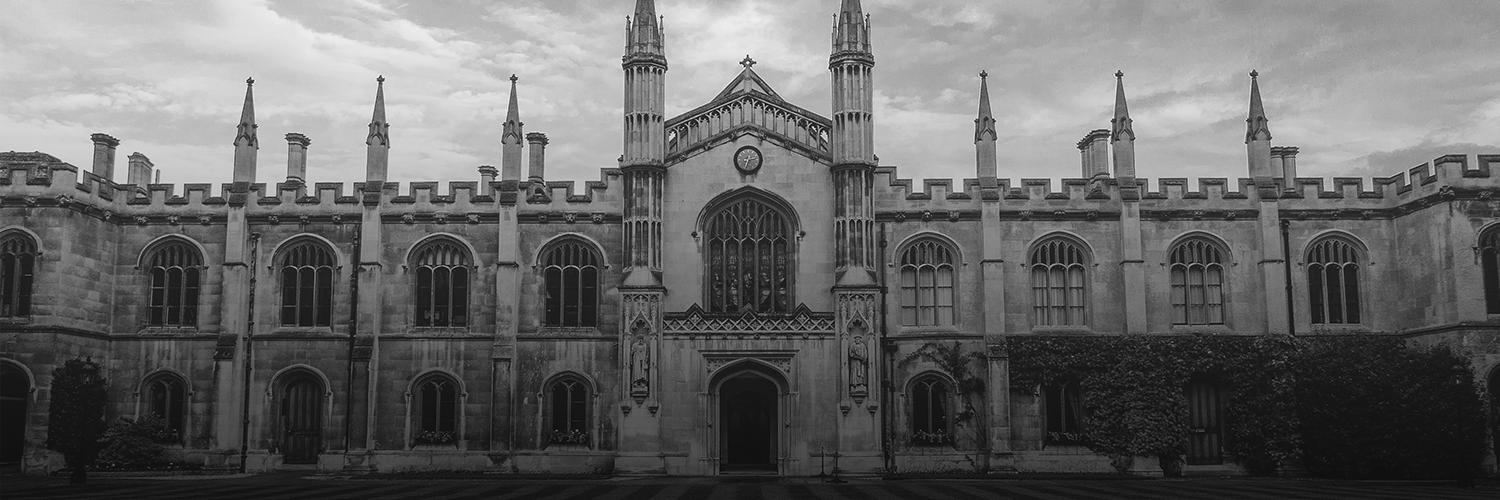Discover Positive Peace from the 7th Century until today.
This timeline enables a clear definition and tracking of this long evolution towards a stable or positive peace in order to understand better the contemporary challenges and the opportunities to progress the idea in the coming years. The timeline is a guide to address the key questions about positive peace – what it means, where it came from, why it’s important , and the biggest challenge of all for peacebuilding, how to implement it.
The timeline is necessarily selective and will be developed as we deepen our understanding of positive peace. Here, we start with the first attempts at systematic reflection and definition, beginning with the humanist thinkers of the period of the renaissance and the enlightenment (Erasmus and Kant), moving to advocacy throughout the 19th century for reformed international relations to contain war by increased trade, democratic politics, advocacy of human rights and arbitration as a means of resolving international conflict. Here, the Geneva and Hague Conventions were moves forward in a systematic evolution towards positive peace at the end of the 19th and early years of the 20th century, as was the formation of first the League of Nations and then the United Nations Charter signed in 1945.
The middle and later decades of the last century witnessed the development of peace research and a maturing science of peace, marked by the development and institutionalisation of academic knowledge and the transformation of this knowledge into effective policy. By the 1990s we had a global knowledge network capable of sophisticated data collection around conflict analysis, early warning and conflict prevention mechanisms and architectures. These are all charted in the timeline.
By the early years of the 21st century another level of knowledge and policy began to be layered onto this system of knowledge, addressing the question, not only why is there conflict and violence but significantly how, where, and why is there peace. The concept of positive peace is the foundational and strategically central concept used to address these questions.
In order to provide useful selection criteria for the events, organisations, structures and ideas populating this timeline, we use the definition of Positive Peace introduced and utilised in the past ten years by the Institute for Economics and Peace in the Global Peace Index , the Positive Peace Index and related publications.
Negative Peace is the absence of violence or fear of violence. Positive Peace is the presence of the attitudes, institutions and structures that create and sustain peaceful societies. In this definition, positive peace provides the optimum environment for human potential to flourish. The striking innovation of the IEP work on positive peace lies not only in the definition of the concept, but also in the progression of a methodology with indicators and metrics to provide a baseline measure for the effectiveness of of a country’s capabilities to build and maintain peace. The methodology enables an index to be complied and measured longitudinally, using eight domains (pillars), each of which contains three indicators. In these ways Positive Peace provides an advance on the earlier efforts of systems theorists to map and analyse holistically the way in which nations evolve and change.
